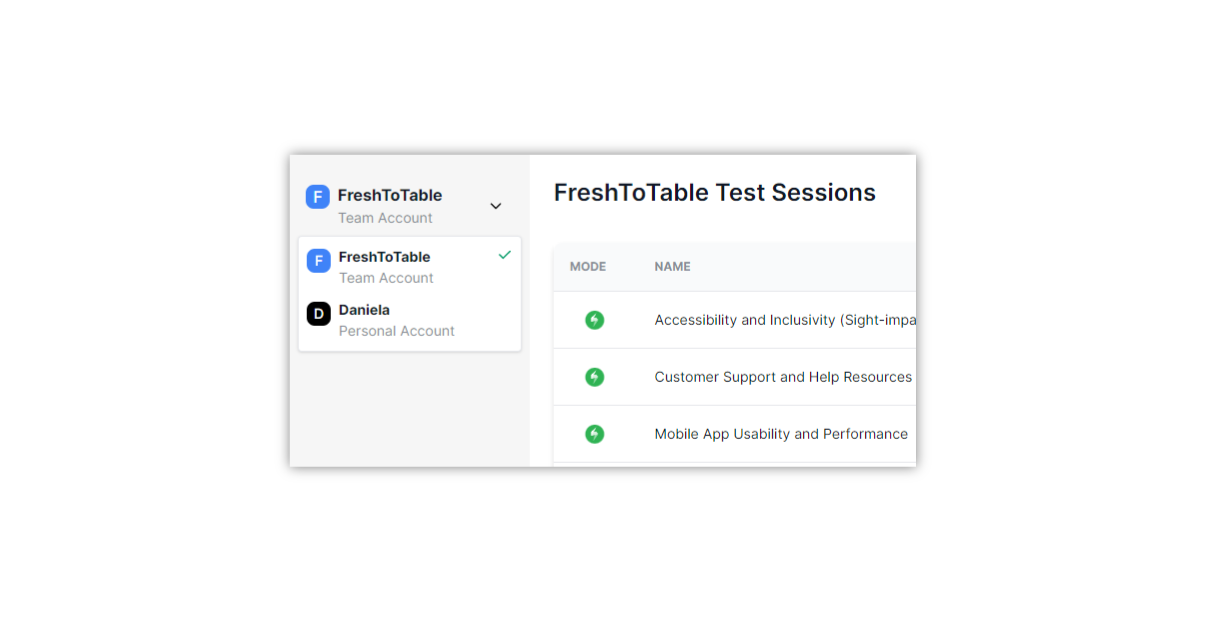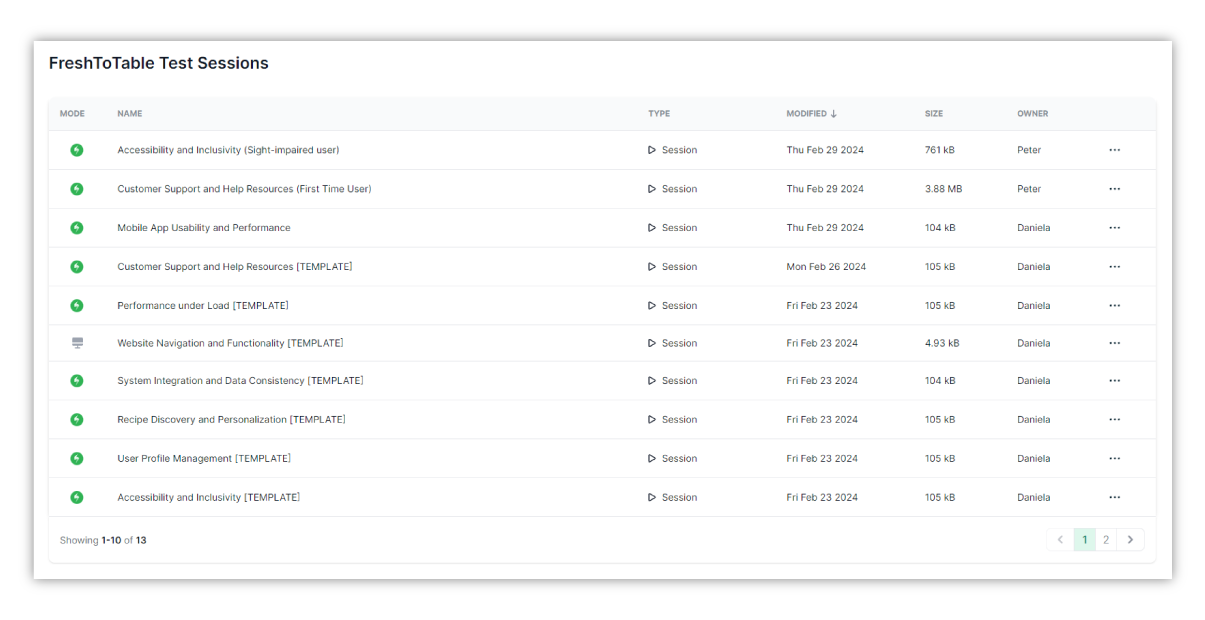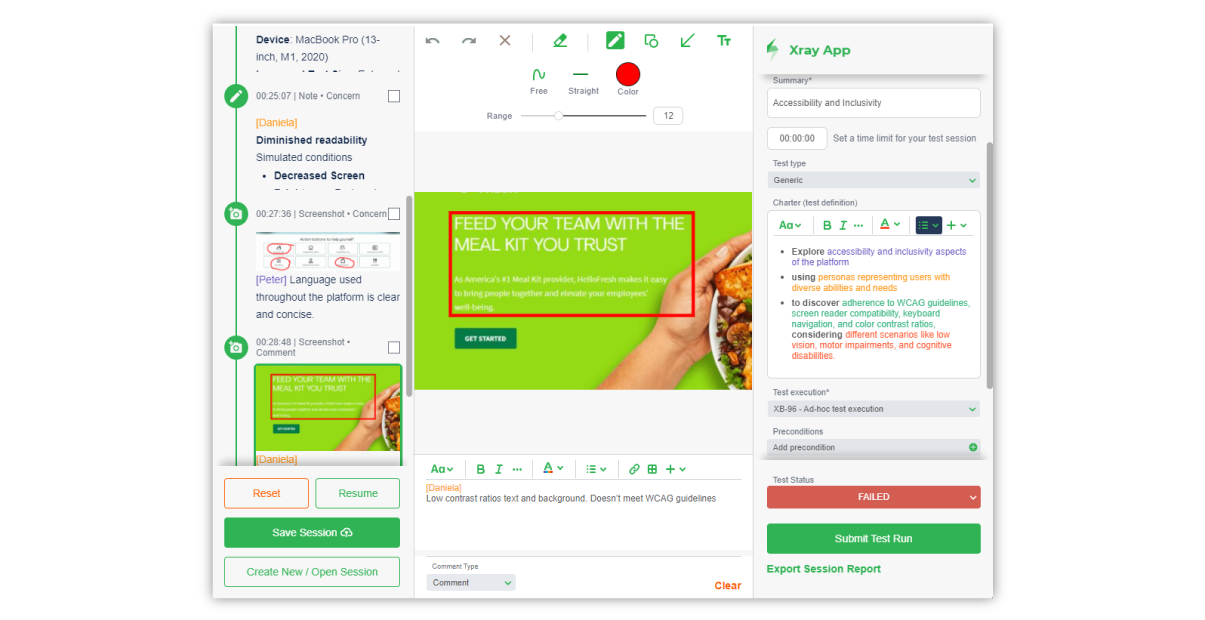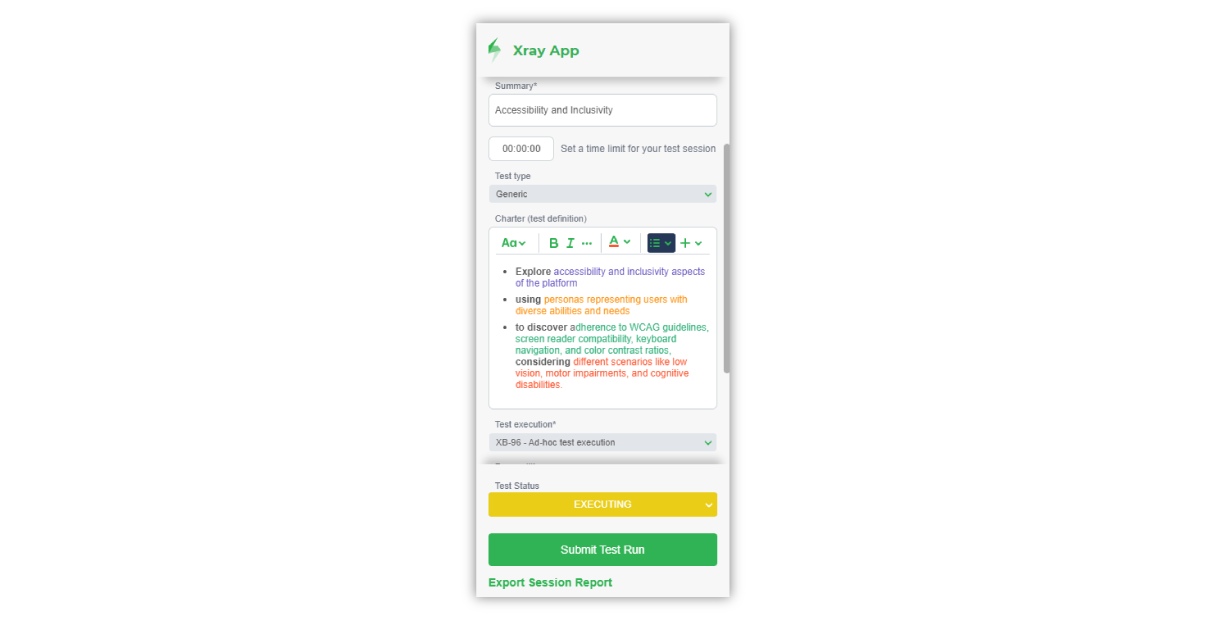However, today, thanks to remote work, some jobs no longer require a desk, a commute, or the occasional office small talk. Software testing is one of those - teams are now distributed across the globe, bringing new perspectives to the testing table.

Remote work environment and software testing
The past years have been characterized by the massive rise of remote work. According to data from the U.S. Census Bureau, the prevalence of remote work saw a significant surge between 2019 and 2021. The percentage of individuals working from home tripled, rising from 5.7% (approximately 9 million people) to nearly 18% (about 27.6 million people). Although certain organizations have opted for a return to the traditional office setting, a substantial number have embraced a more flexible approach, implementing either a hybrid model or a full-time work-from-home arrangement.
To embrace remote work environments successfully, choose the appropriate tools for your exploratory testing requirements. Depending on your budget, objectives, and more, you might require various tool types, including video conferencing, screen sharing, recording, annotation, feedback, documentation, and analysis.
Challenges of exploratory testing in a remote setting
Navigating exploratory testing remotely brings challenges that testers need to tackle head-on. Let's explore strategies to conquer them:
1. Troubles talking when you're far away
Effective communication is the glue that holds everything together in exploratory testing. However, when your team spans different locations, timezones, and cultures, the language of communication can get lost.
In the traditional office setup, resolving queries or addressing contradictions is as simple as strolling over to a colleague's desk for a quick chat. However, the dynamics change considerably when working remotely.
To enhance communication in exploratory testing, establish an environment where team members feel empowered to share their findings, ask questions, seek feedback, and learn collaboratively.
-
Establish dedicated group channels
Set up dedicated channels or forums where team members can discuss bugs they encounter during their sessions. These channels provide a centralized platform for sharing insights, raising concerns, and collectively addressing issues in real-time.
-
Write effective bug reports
There are a lot of practices you can implement to identify and report bugs: include visual annotations like screenshots or videos to aid understanding, especially in multilingual teams; categorize notes for quick scanning; document steps to reproduce issues accurately; offer potential fixes to aid developers. Additionally, capture and upload network traffic for context and focus on relevant UI or browser information to ensure clarity.
-
Promote Pair Testing
Encourage pair testing, a practice where two testers work together on the same testing task. Pair testing fosters collaboration and facilitates immediate discussion and validation of findings. This collaboration also aids in analyzing bug root causes and testing bug fixes.
2. Teamwork challenges
Testers must build trust through respect and transparency. Everyone in the team should leverage their diverse skills, perspectives, and experiences, to achieve better quality.
-
Dashboards and reports
They show important information in easy-to-understand ways. They help you see trends and track how things are going with your projects or goals. Plus, they keep everyone on the same page by showing progress and highlighting areas that need attention.
-
Organize exploratory testing sessions as a team
This involves setting clear objectives, inviting diverse participants, scheduling a convenient time and place, preparing test scenarios, providing necessary resources, fostering collaboration, setting time limits, capturing and prioritizing bugs, and reviewing and reflecting on the process afterward.
-
Create a library of test charters
Test charters play a crucial role in exploratory testing by keeping you focused and motivated during sessions. Starting from the initial discussion of requirements, writing charters is an ongoing process that evolves with each session.
Having a charter library is beneficial to maintain focus and achieve thorough test coverage. If you find yourself straying from the charter, it's a sign to update your library.
3. Managing the testing efforts
The QA team is responsible for determining when a product or feature is sufficiently free of bugs for release. However, reaching a unanimous decision becomes more challenging when testers are scattered across different locations - opinions may diverge more frequently when working on individual machines. This increases the likelihood of disagreements among the team.
Many teams already operate with a set of guidelines or prerequisites that outline the criteria for product release. In remote testing, it becomes imperative to adhere rigorously to these guidelines. A well-defined set of guidelines ensures consistency and serves as a reliable compass for the QA team.
Leverage Xray Exploratory App in a remote setting
The Xray Exploratory App was created to simplify the exploratory testing process, allowing teams to collaborate effectively regardless of location and easily identify hidden defects during testing sessions. It aids remote testers in effectively organizing and monitoring their exploratory testing endeavors.
 These tests are formally recorded and readily available to all team members. Testers have the capability to invite other team stakeholders, including support, developers, and managers, to engage in exploratory testing by utilizing session templates stored within the team workspace.
These tests are formally recorded and readily available to all team members. Testers have the capability to invite other team stakeholders, including support, developers, and managers, to engage in exploratory testing by utilizing session templates stored within the team workspace.

With all sessions consolidated in a single location, colleagues can collaborate asynchronously, simply accessing a session initiated by a peer and contributing their insights seamlessly.

You can set up a parameter or “test charter”, which is your session's goal, and then you can go about your session. While you explore your system, you can use the app to record evidence and record videos, take screenshots, take notes, and mark defects.

Finally, you can export your session into a PDF, or if you’re using Xray, the evidence will be attached to your Test Case. This last piece of exporting and sharing your results is crucial since you want to share your insights with the team to make proactive fixes and changes as necessary. If you work remotely, it’s even more beneficial so you can diminish the above-mentioned remote work-related challenges.


